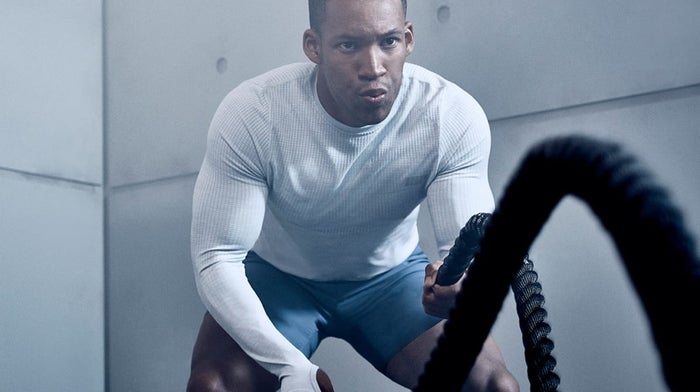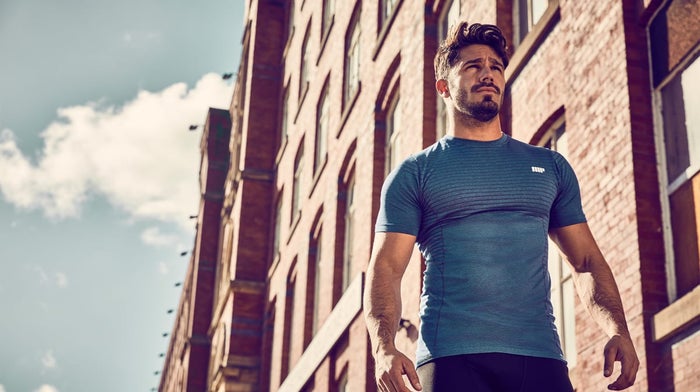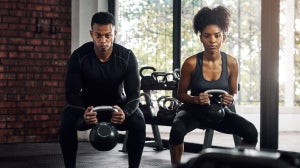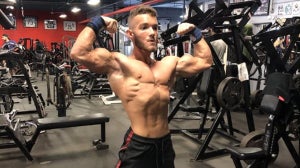
Top Recovery Strategies
Compression clothing comes with a question mark or two for some athletes and gym enthusiasts. Some naysayers consider it a kind of uniform, at best making you streamlined and keeping you warmer when it’s cold. The fact is that with the advancing technologies used to construct compression garments there is a lot more to this gear than the skin-tight cloth that meets the eye.
One of the main benefits is how it can assist you in recovery – not just after a rigorous workout, but also when you've suffered an injury.
When you experience an injury, however minor, the first thing that you’re advised to do when there isn’t an obvious break involved, is:
- Rest the injured muscle
- Apply ice to the area
- Compress the injured muscle or swelling
- Elevate the injured limb

Following that, it is common for an old injury to retrigger when it’s cold. For example, a fractured knee or boxer’s fracture, though healed, tends to go a little bit stiffer during the winter months. At times like this, keeping the affected tendons and muscles warm makes a big difference.
Quality compression gear is designed to deliver specific levels of pressure to the affected limb, whether the muscle is injured or targeted for a high intensity workout. Applying this pressure helps to improve circulation, while allowing a free range of movement. It has been proven to increase blood flow to your muscles as well as keeping your muscles firmly in place. If there’s a chill in the air, compression clothing worn as a base layer can cover your muscles against the cold when you’re not moving to keep them from straining. For general recovery after a hard workout, the tight fitting material provides a temporary solution to the swelling and inflammation of sore muscles.
Can you use compression clothing to achieve the same effect as lifting straps? Yes and no, is the answer to that. When performing the likes of squats and deadlifts, lifting straps can be used to keep your knees safe and alleviate the immense strain they suffer from bearing all that weight you are lifting. Compression sleeves or leggings do something similar but not to the same level as straps. Wrapping your knees is about protecting your patella and keep them in place as the force of your tendons pulls from either side. Compression gear will apply pressure to the muscles, but not keep the patella in place. This isn’t entirely negative, only not as effective for heavy lifting, as it allows more movement than strapped knees would. Straps also have been proven to have a negative effect on your knees’ cartilage due to keeping your kneecap pressed in against the bone.

If you’re suffering from a twisted knee or something similar, compression gear could greatly help in keeping the stress of your surrounding muscles from bearing on your sensitive knee.
In the same way, many athletes use compression socks or sleeves to counteract shin splints. Whereas this wouldn’t cure shin splints, the extra support and pressure would help with the impact of walking. Again, if you’re coming back to training from an injury like this, it’s highly recommended that you utilise compression socks, sleeves or leggings for that added support.
Many athletes and gym-goers find that exercise is easier when wearing compression clothing. It doesn’t give you extra strength but can certainly feel like it. This is due to your muscles being warmer before you’ve started and the increase in circulation. It’s also due to the added pressure removing things that work against you when exercising, such as inflammation and lactic acid.
A study has suggested that to best aid muscle recovery, compression clothing ought to be worn for at least an hour after your exercise finishes. So if you’ve ever found your walk home after leg day that little bit easier when wearing leggings, you know why.
Have a look at our Recovery Supplements.









